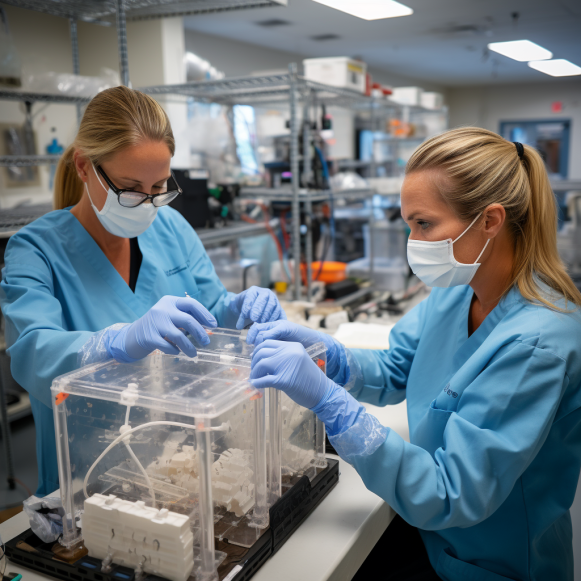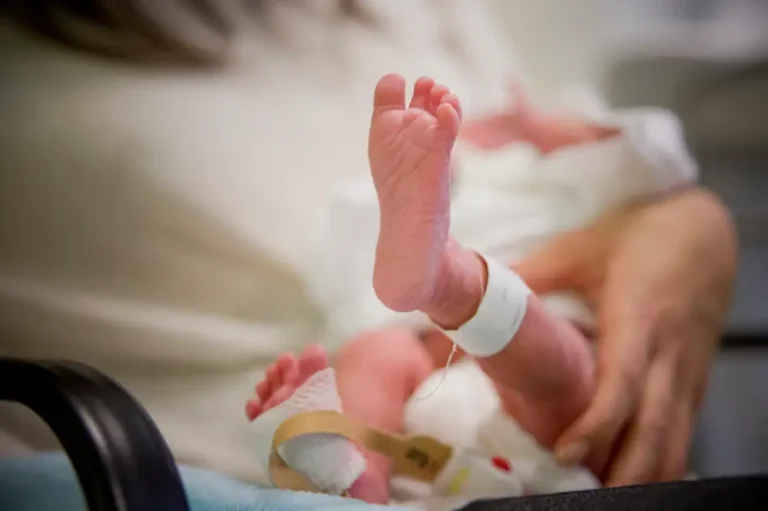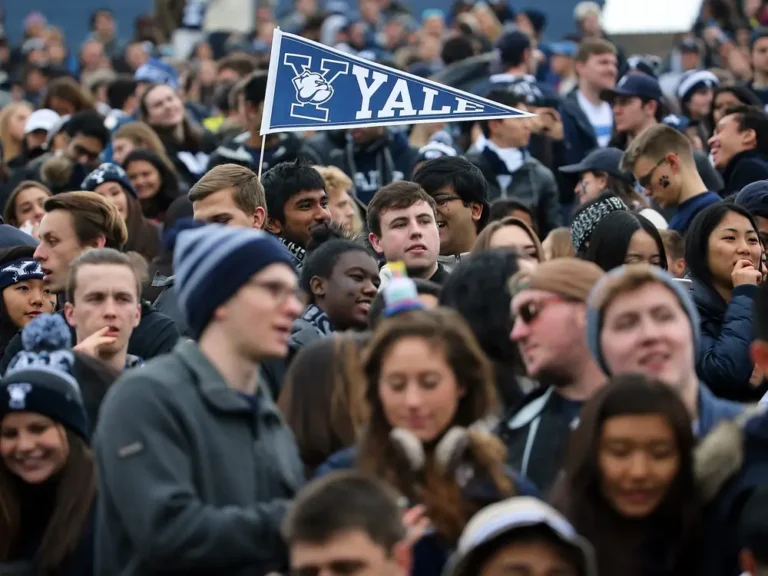Can frozen DNA help species survive extinction? San Diego’s Frozen Zoo, conservationists partner to put biodiversity banking on the map

For nearly 50 years, the San Diego Zoo Wildlife Alliance has been bringing the fictional world of “Jurassic Park” to life — minus the dinosaurs and destruction.
As wildlife populations decline and biodiversity is lost around the world, the alliance has been working with its Frozen Zoo to collect and preserve genetic samples taken during routine exams or after animals have died from as many species as possible.
Its conservation efforts are now being recognized globally, as a major conservation group designated it Wednesday as its first-ever center focusing on gene banking to help rare and endangered species survive.
The International Union for Conservation of Nature’s Species Survival Commission, the world’s largest conservation organization, has joined forces with the wildlife alliance to establish the union’s newest Center for Species Survival.
It will be one of only 17 such centers worldwide, and the only one to concentrate on a specific strategy to prevent species extinction, such as biodiversity banking, rather than a specific species or environment.
The announcement demonstrates the San Diego Zoo Wildlife Alliance’s progress in gene banking, as well as the promise of its efforts to help endangered wildlife survive through reproductive assistance, stem cell therapy, and cloning.
In recent years, it has resulted in advances that scientists hope will make cloning viable enough to help restore wildlife species — assuming they can successfully breed.
While there are “Jurassic Park” parallels — the art director of Steven Spielberg’s film drew inspiration from the Frozen Zoo and the Safari Park’s entry gates — that work isn’t science fiction.
Biobanking, also known as biodiversity banking, is the process of preserving living cells, tissue, eggs or sperm, seeds, and other biomaterials. Those genetic materials are carefully frozen in liquid nitrogen so that they can be studied and used in the future.
“This loss of genetic diversity is our fault — it’s because of our actions,” Barbara Durrant, director of reproductive sciences at the San Diego Zoo Wildlife Alliance, explained.
According to the organization’s researchers, the survival of the northern white rhinoceros and dozens of other species may depend on these preserved cells amassed over the last nearly 50 years.
The local collection has grown to be the most extensive and diverse of its kind. To date, the Frozen Zoo contains nearly 11,000 living cell cultures representing approximately 1,280 different rare and endangered animal species and subspecies.
Biodiversity banking not only saves irreversible genetic diversity in wildlife species, potentially giving them a better chance of surviving environmental factors, but it also expands the capacity for genetic research and rescue, making “an everlasting contribution to conservation,” according to Durrant.
“These cells should be here long after you and I are gone,” Frozen Zoo curator Marlys Houck said.
Locally, Kurt, a cloned Przewalski’s horse born in August 2020, was one of the alliance’s first genetic milestones in its efforts to help restore endangered animal populations.
He is the world’s first successfully cloned Przewalski’s horse, a Mongolian breed that was once extinct in the wild. They were reintroduced to their natural habitat in recent years and are now the world’s only true wild horses.
The horse, named after Kurt Benirschke, the founder of the Frozen Zoo, was cloned from skin cells taken from a stallion in 1980 and cryogenically stored.
Kurt, who is now three years old, scientists hope will soon be able to help further protect his species by joining the herd of Przewalski’s horses at the park as part of a conservation and breeding program.
But, before that, Kurt must learn how to be a wild horse. He’s spent the last year doing so alongside Holly, a female Przewalski’s who’s only a few months older, in the Safari Park’s Central Asia field habitat.
Learning the behavioral language will help him secure his place in the herd, even if it is not always easy (it includes some kicks to the face).





